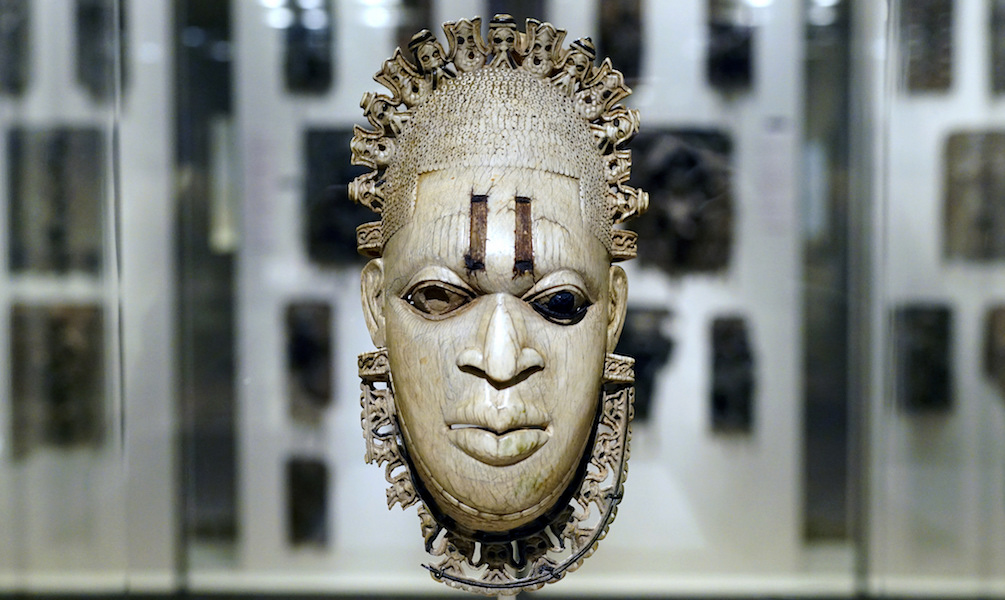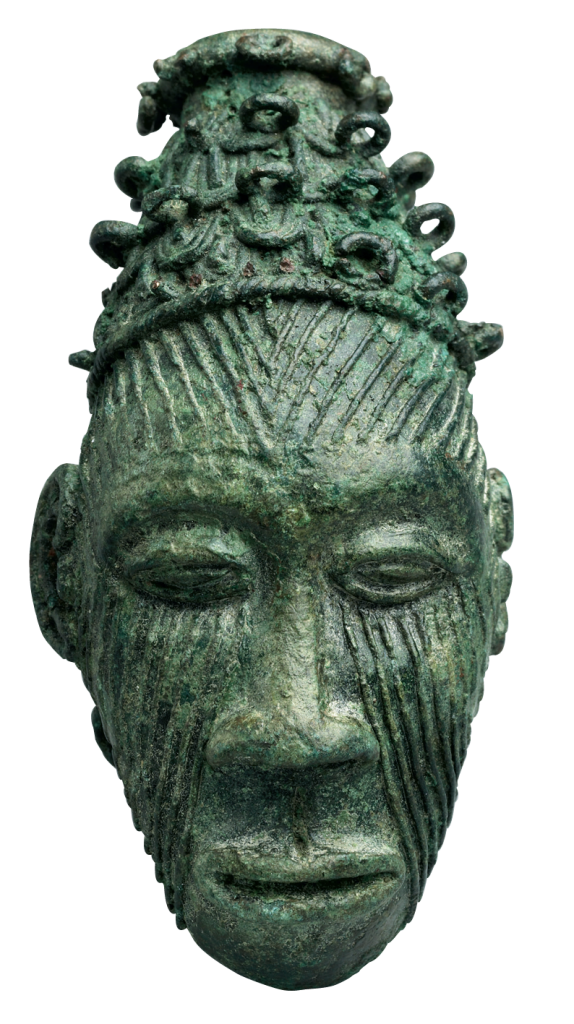

Ann’s Bay, and consequently, their influence was concentrated there.

Igbo people were spread on plantations on the island’s northwestern side, specifically the areas around Montego Bay and St. Jamaica, after Virginia, was the second most common disembarkation point for slave ships arriving from the Bight of Biafra. The bulk of Igbo slaves arrived relatively late, between 17.

The slave ships arriving from Bristol and Liverpool delivered the slaves to British colonies including Jamaica. The primary ports from which the majority of these enslaved people were taken from were Bonny and Calabar, two port towns that are now in south-eastern Nigeria. Originating primarily from what was known as the Bight of Biafra on the West African coast, Igbo people were taken in relatively high numbers to Jamaica as slaves, beginning around 1750. Primarily Northwestern Jamaica, especially the ports of Montego Bay and St.Ann’s Bay Įnglish, Jamaican English, Jamaican Patois However, the majority of African words in Jamaican Patois is from the Asante-Twidialect of the Akan language of Ghana, as Igbo mostly populated the northwestern section of the island. In Jamaica the Igbo were referred to as either Eboe, or Ibo. Many words in Jamaican Patois have been traced to the Igbo language. Their presence was a large part in forming Jamaican culture as their cultural influence remains in language, dance, music, folklore, cuisine, religion and mannerisms. Some slave censuses detailed the large number of Igbo slaves on various plantations throughout the island on different dates throughout the 18th century. Igbo people constituted a large portion of the African population in slave-importing Jamaica. Igbo people in Jamaica were shipped by Europeans onto the island between the 18th and 19th century as forced labour on plantations.


 0 kommentar(er)
0 kommentar(er)
